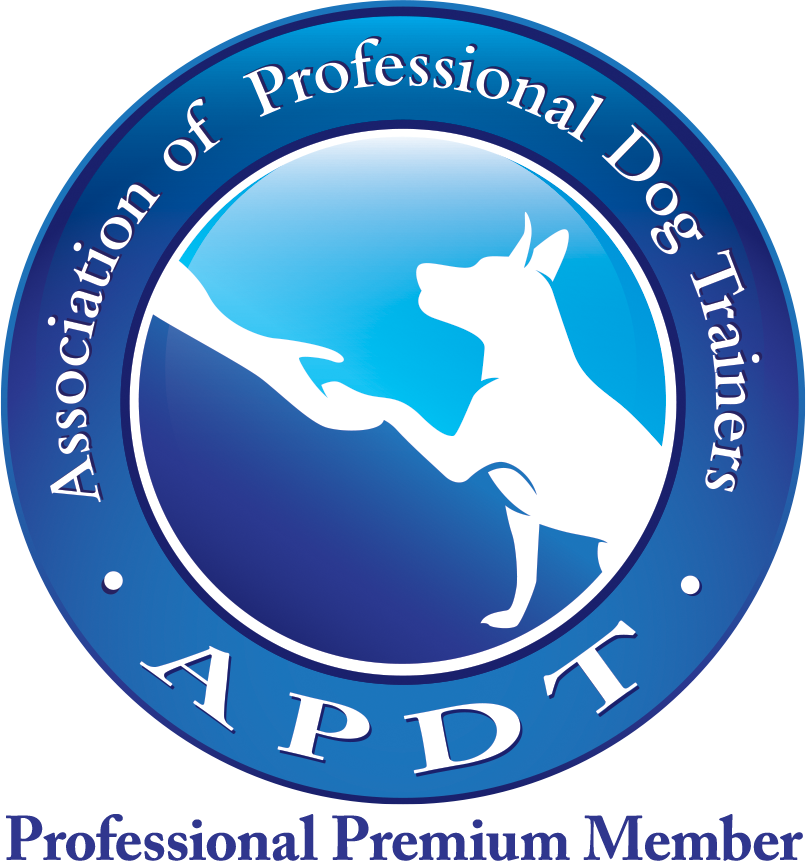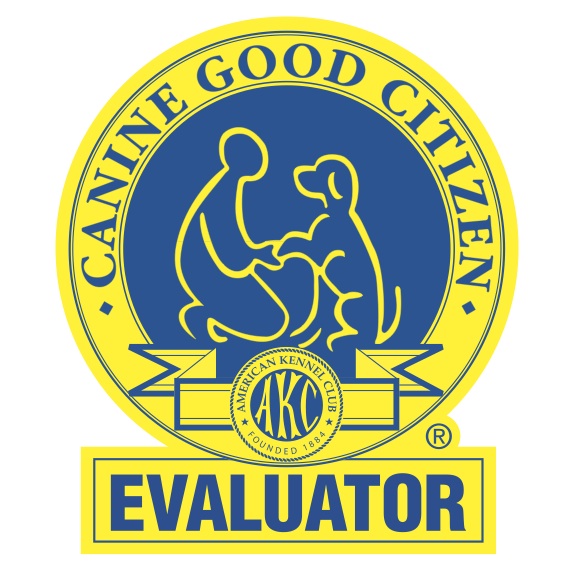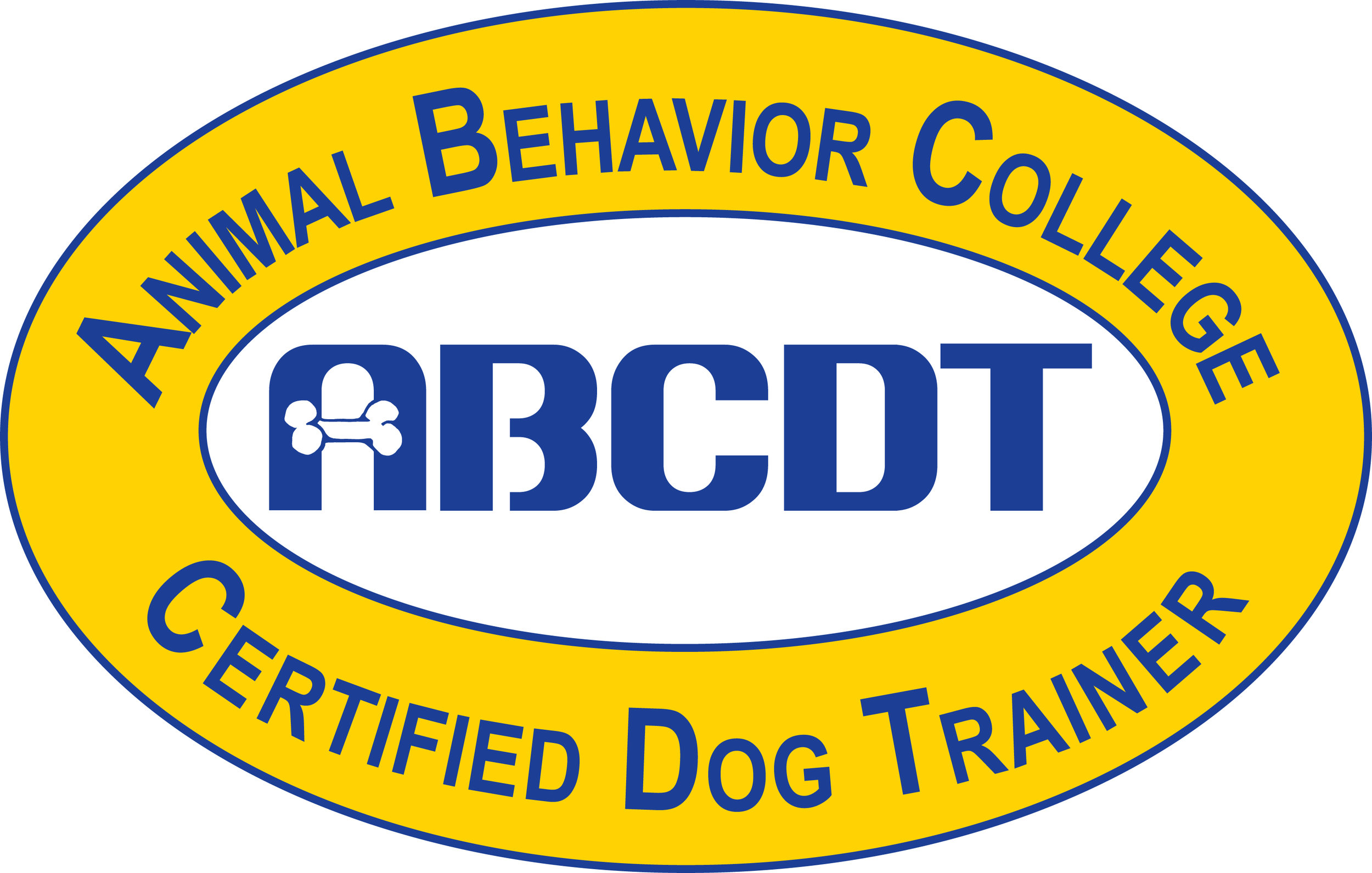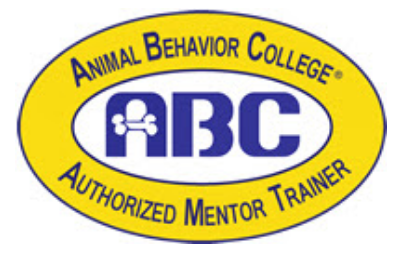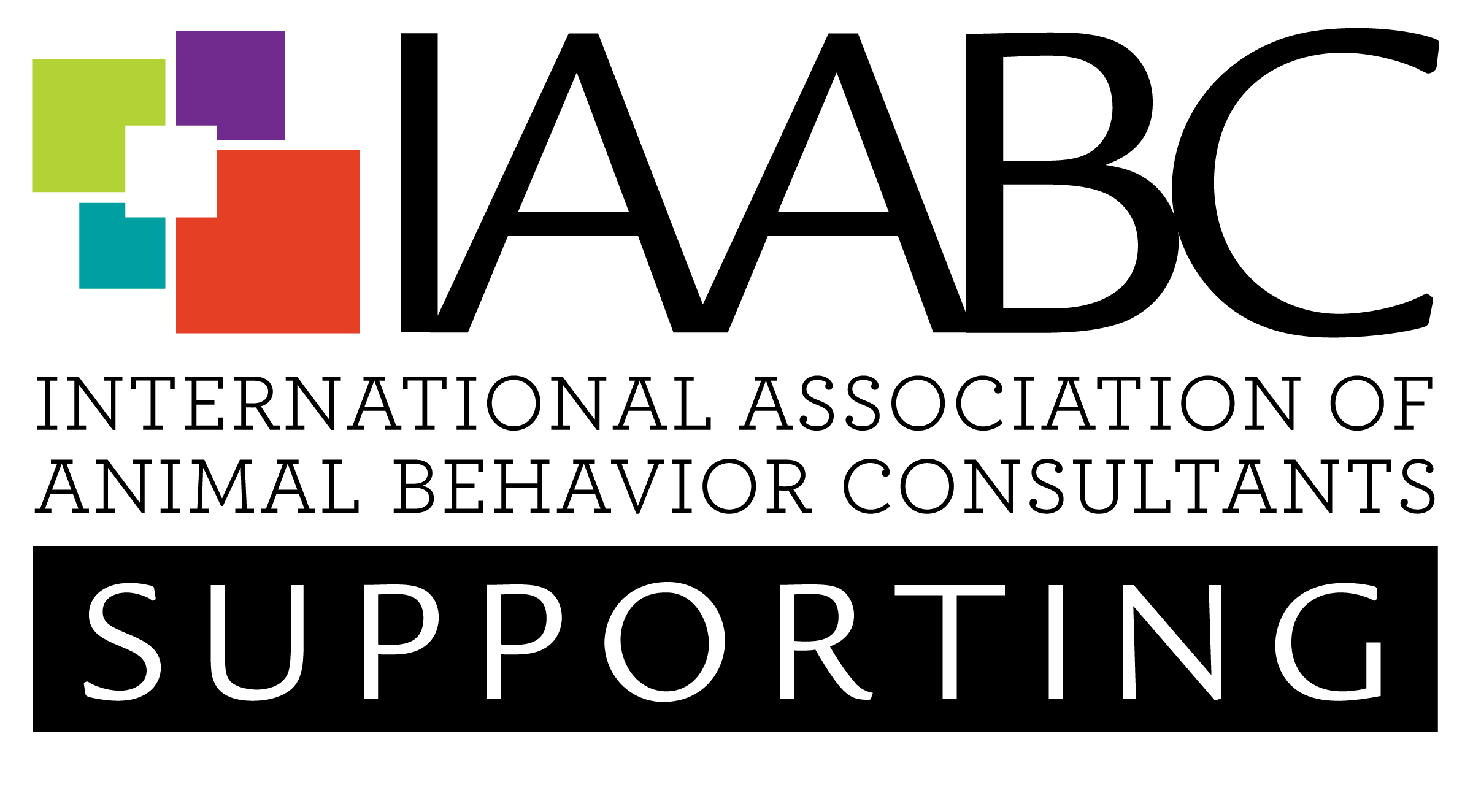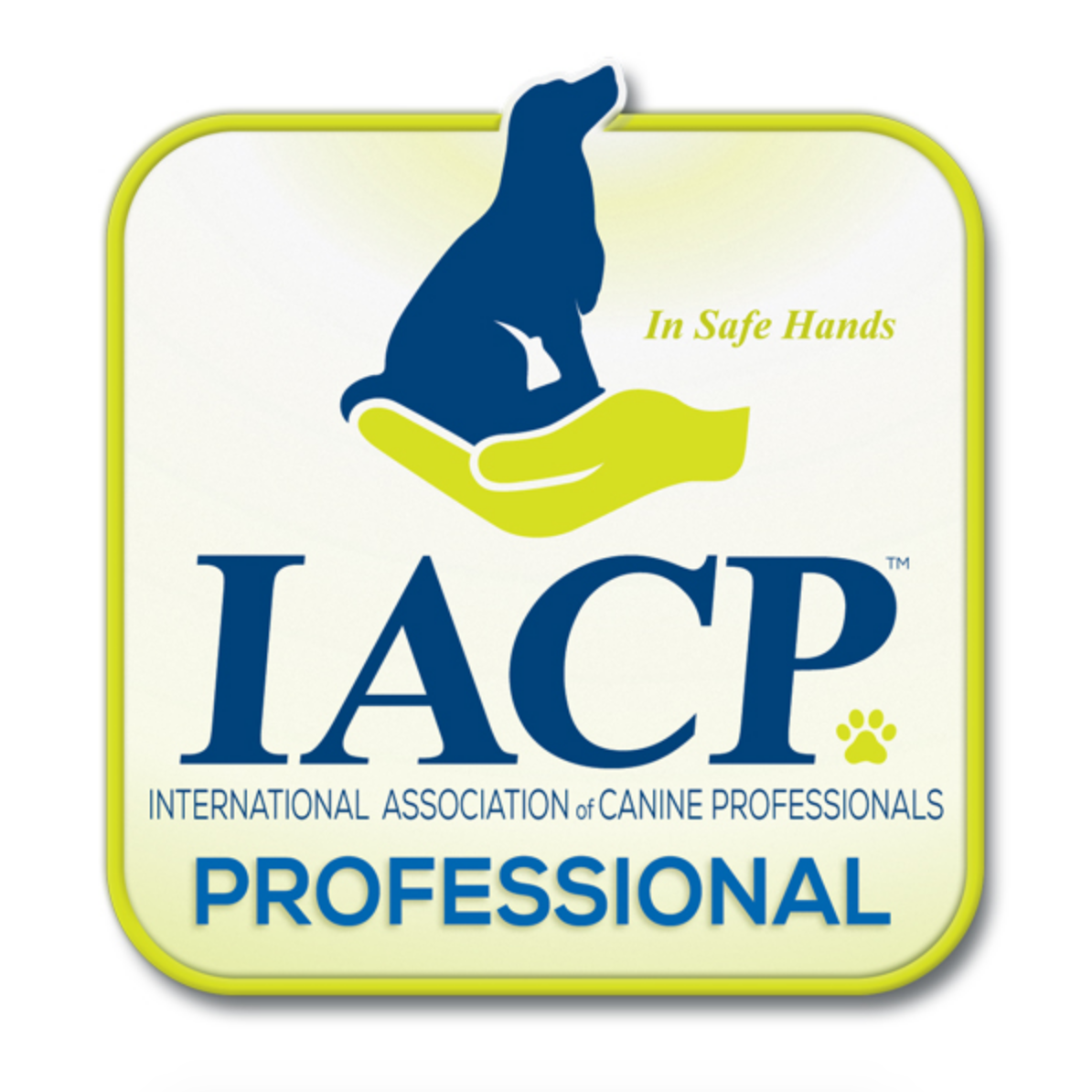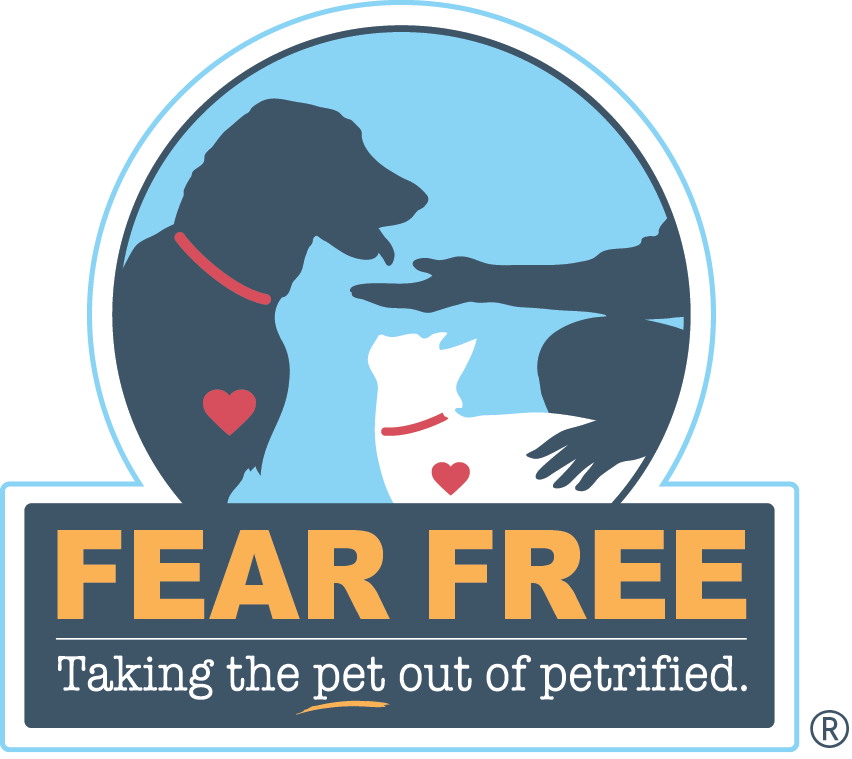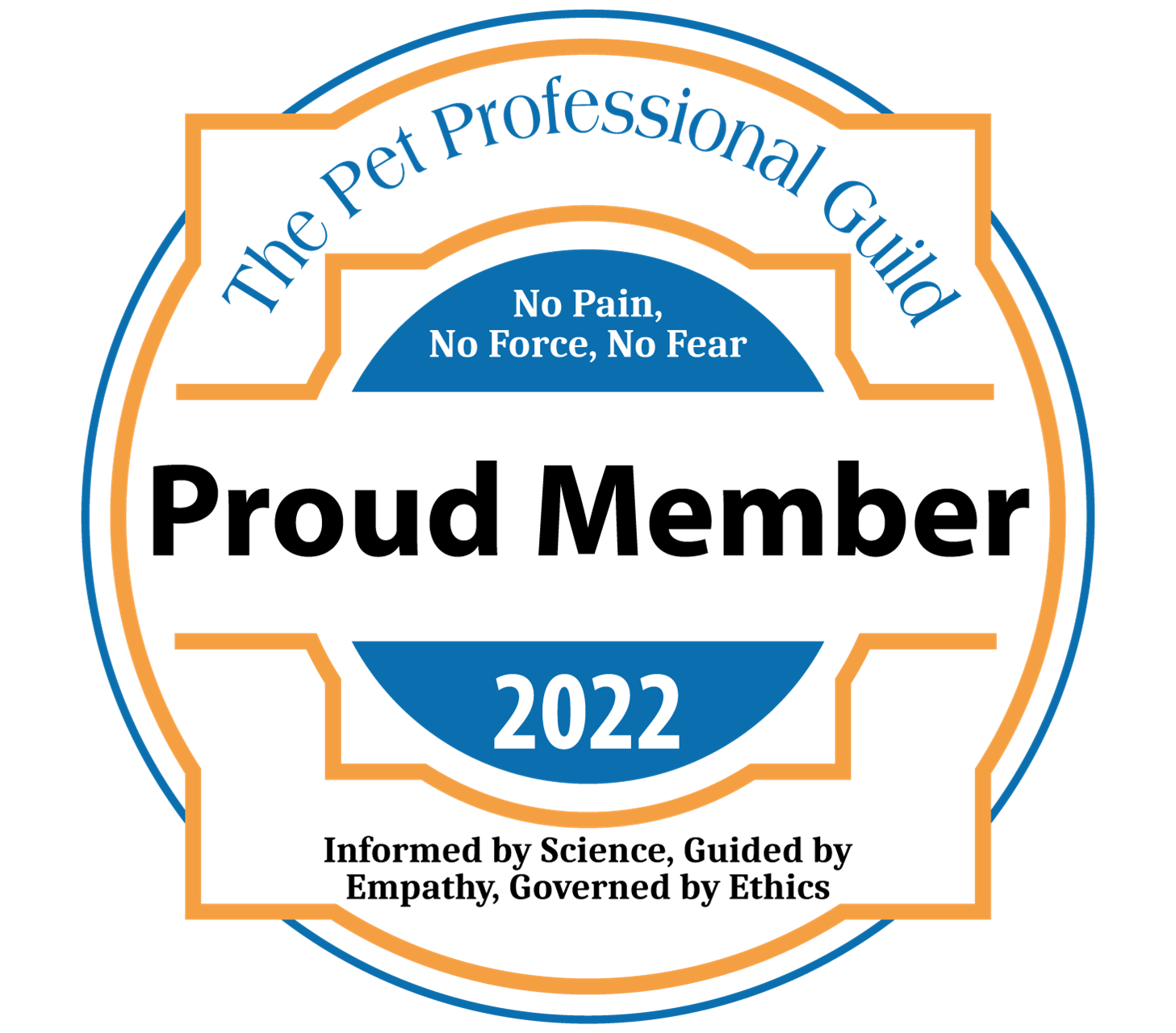The Neonatal Period
/The Neonatal Period
(Weeks 1 and 2)
The neonatal period is considered to be the first two weeks after birth. Puppies are born with their eyes and ears closed, and with the inability to regulate simple body functions such as body temperature and elimination. Editors, Pat Hastings and Erin Rose Rouse of the book entitled: Another piece of the Puzzle: Puppy Development share that at this early stage, there is almost no difference in brain activity between the time the puppy is sleeping and the time when he’s awake. Studies have shown that handling and other interaction experienced during the neonatal period can lead to a quicker maturation of the nervous system and an enhanced development of motor and problem-solving skills. The U.S. Military in their canine program developed a method that serves as a guide to improve a puppy’s growth and performance.
At this time pups develop an olfactory imprint of the mother and their siblings. The senses of smell and touch are better developed during this period and are the only senses usable by the pups to get information from their outside world. It is during this period that three important activities happen with our puppies. The first of which begins shortly after birth with diabetic scent imprinting. Scent imprinting is associating the smell of low blood sugar with the pleasure of nursing from mom. This imprinting will continue daily with the puppies throughout their curriculum.
The second activity begins on day 3 when all puppies begin Early Neurological Stimulation (ENS) exercises. ENS is a process that we do daily from day 3 to day 16 that introduces mild stressors to young puppies in a controlled manner. These stressors stimulate the neurological system which improves the growth and development of the puppy's immune system, cardiovascular system, and stress tolerance.
These exercises require handling puppies one at a time while performing a series of five exercises. The handler starts with one puppy and stimulates it with the following exercises:
Tactical stimulation (between toes)
Head held erect
Head pointed down
Supine position
Thermal stimulation
The third activity also begins on day 3 and runs right along with the the ENS protocol. In addition to diabetic scent imprinting, we assist our puppies with building their overall scenting ability by using Dr. Gayle Watkins Early Scent Introduction protocol. Each day we present each puppy with a new scent; one that its never smelled before. Scents include earth scents such as dirt, grass, and flowers, items found in the kitchen such as herbs, spices, fruit, wood and leather, and game scents such as duck and quail. One puppy at a time, we hold these scents just in front of the puppy’s nose, allowing it to sniff the scent for 5 seconds. We are looking for one of three common reactions; they move toward the scent, they move away from the scent, or they have no reaction at all. According to research, dogs that are taught and engage in scenting have a more optimistic attitude toward life and have fewer behavior problems.
During the neonatal stage our puppies spend as little time away from their mother as possible. They are only taken away long enough to do their daily care and enrichment exercises. Their movement in their whelping box is also minimal. The puppies innately crawl in a circle moving their head from side to side as to ensure their ability to not go too far away from their mother and to find her for food and warmth. They are constantly monitored as their young life and body is very fragile.
Other activities:
On days 4, 8, 12, and 16 puppies get a nail trim
On day 14 puppies get their first Pyrantel Pamoate deworming. It is used to treat pinworm, roundworm, and hookworm.



